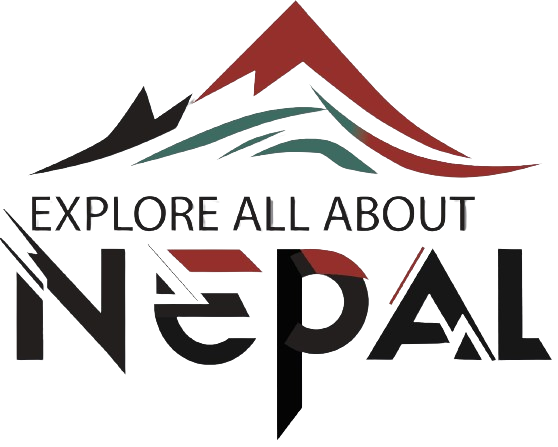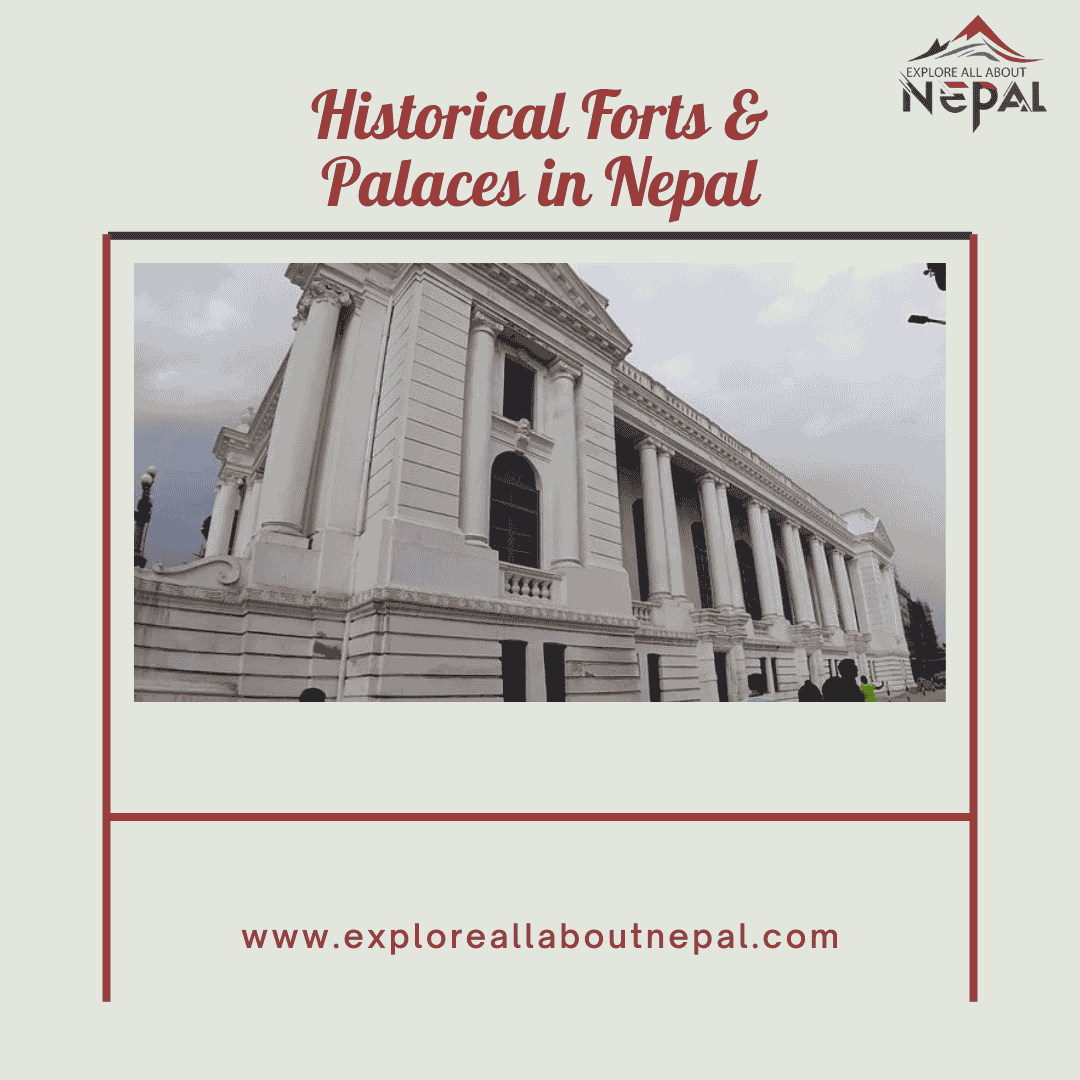Historical forts & Palaces in Nepal refer to the architectural structures built by ancient Nepalese rulers, including the Malla kings, Shah dynasty, and Rana rulers, which served as royal residences, administrative centers, and military strongholds. These sites are significant cultural and historical landmarks that reflect Nepal’s rich heritage, architectural brilliance, and strategic military history. Nepal, a land of diverse cultures and rich history, is home to some of the most fascinating forts and palaces that tell the tales of ancient kingdoms, battles, and architectural grandeur. These historical sites are not only important relics of Nepal’s past but also major tourist attractions that offer visitors a glimpse into the country’s royal heritage. From the Malla and Shah dynasties to the Rana era, Nepal’s forts and palaces showcase exquisite craftsmanship, traditional Newari architecture, and strategic military structures.
In this blog, we explore the most remarkable forts and palaces in Nepal, their history, key attractions, estimated budget, and how to reach them.
Historical Forts & Palaces in Nepal
1. Hanuman Dhoka Durbar (Kathmandu Durbar Square)
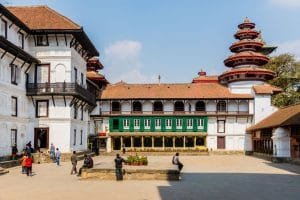
- Location: Kathmandu
- Historical Significance: Former royal palace of the Malla and Shah kings
- Attractions: Hanuman Dhoka Palace Museum, Taleju Temple, Kumari Ghar (Living Goddess Residence), Basantapur Tower
- Estimated Budget: NPR 1,000 (for tourists), free for locals
- How to Get There: Easily accessible within Kathmandu city, 20-30 minutes from Tribhuvan International Airport
2. Patan Durbar Square
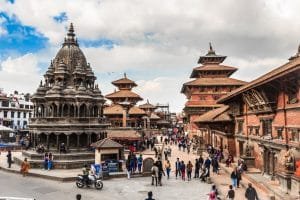
- Location: Patan (Lalitpur)
- Historical Significance: Seat of the Malla kings of Lalitpur
- Attractions: Krishna Mandir, Patan Museum, Bhimsen Temple, Sundari Chowk
- Estimated Budget: NPR 1,000 (foreigners), NPR 250 (SAARC tourists), free for locals
- How to Get There: 30 minutes drive from Kathmandu
3. Bhaktapur Durbar Square
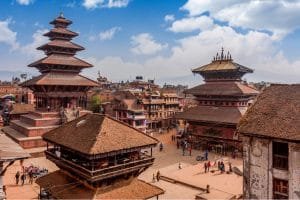
- Location: Bhaktapur
- Historical Significance: Home to the Malla kings of Bhaktapur
- Attractions: 55-Window Palace, Nyatapola Temple, Golden Gate, Vatsala Temple
- Estimated Budget: NPR 1,500 (foreigners), NPR 500 (SAARC tourists)
- How to Get There: 40-45 minutes drive from Kathmandu
4. Gorkha Durbar
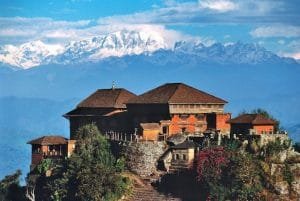
- Location: Gorkha
- Historical Significance: Birthplace of King Prithvi Narayan Shah, who unified Nepal
- Attractions: Gorkha Palace, Kalika Temple, Museum of Prithvi Narayan Shah
- Estimated Budget: NPR 200 for foreigners, NPR 100 for locals
- How to Get There: 4-5 hours drive from Kathmandu
5. Rani Mahal (Palpa)

- Location: Tansen, Palpa
- Historical Significance: Built by General Khadga Shumsher Rana in memory of his wife
- Attractions: White-stone architecture, Kali Gandaki river views, nearby Tansen town
- Estimated Budget: Free entry, travel costs around NPR 2,000-3,000
- How to Get There: 8-9 hours drive from Kathmandu, 4 hours from Pokhara
6. Nuwakot Durbar
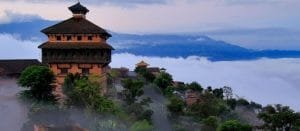
- Location: Nuwakot
- Historical Significance: Used by King Prithvi Narayan Shah during Nepal’s unification campaign
- Attractions: Seven-story palace, Bhairabi Temple, historical museum
- Estimated Budget: NPR 100 for entry, additional for travel and stay
- How to Get There: 3-hour drive from Kathmandu
7. Singha Durbar
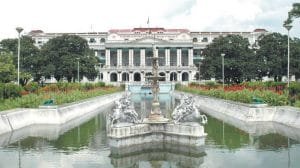
- Location: Kathmandu
- Historical Significance: Built during the Rana period as the Prime Minister’s residence
- Attractions: Grand neo-classical architecture, government headquarters
- Estimated Budget: Not open for regular tourists, can be viewed from outside
- How to Get There: Centrally located in Kathmandu
8. Tansen Durbar
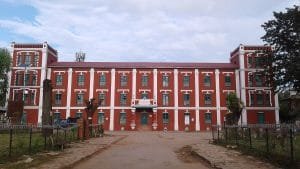
- Location: Tansen, Palpa
- Historical Significance: Administrative palace of Palpa during Rana rule
- Attractions: Traditional Newari architecture, close to Rani Mahal
- Estimated Budget: Free entry, transportation NPR 2,000-3,000
- How to Get There: 8-9 hours drive from Kathmandu
9. Kirtipur Fort
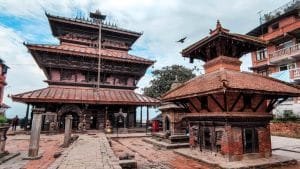
- Location: Kirtipur
- Historical Significance: Key battlefield during Nepal’s unification under Prithvi Narayan Shah
- Attractions: Bagh Bhairab Temple, old Newari town, scenic views of Kathmandu Valley
- Estimated Budget: Free entry, travel expenses NPR 500-1,000
- How to Get There: 30 minutes drive from Kathmandu
Estimated Budget for Touring Historical Forts & Palaces in Nepal
| Expense Category | Estimated Cost (NPR) |
|---|---|
| Entry Fees | 500 – 3,000 |
| Transportation | 2,000 – 10,000 |
| Accommodation | 1,500 – 5,000 per night |
| Food & Drinks | 1,000 – 3,000 per day |
| Guide Fees | 2,000 – 5,000 per site |
| Miscellaneous | 1,000 – 2,000 |
| Total Estimated Budget | 5,000 – 20,000 |
How to Get There
Most historical forts and palaces in Nepal are accessible from Kathmandu, either by private vehicle, public bus, or domestic flights. Popular modes of transportation include:
- Flights: Domestic flights are available to cities like Pokhara, Bharatpur (near Chitwan), and Bhairahawa (near Lumbini).
- Public Buses: Buses run frequently from Kathmandu to various historical sites.
- Private Cars/Taxis: Hiring a car with a driver is a convenient option for tourists.
- Trekking & Hiking: Some forts, like Gorkha Durbar, require short hikes to reach.
Key Attractions for Tourists
- Architectural Beauty: The intricate woodwork, stone carvings, and traditional designs of the palaces and forts are mesmerizing.
- Cultural Experience: Many of these historical sites are located in areas rich in Newari, Gurung, and other ethnic cultures.
- Scenic Views: Most forts and palaces are located on hilltops, providing stunning panoramic views.
- Photographic Opportunities: Ideal spots for history and architecture enthusiasts to capture stunning images.
- Local Cuisine: Many destinations offer authentic Nepali dishes such as Newari cuisine in Bhaktapur and Palpali coffee in Tansen.
Highlights
- Historical forts & palaces in Nepal showcase the country’s rich architectural and cultural heritage.
- Tourists visiting historical forts & palaces in Nepal can witness centuries-old craftsmanship and royal traditions.
- The historical forts & palaces in Nepal include famous sites like Hanuman Dhoka Durbar, Gorkha Durbar, and Bhaktapur Durbar Square.
- Many historical forts & palaces in Nepal were built during the Malla and Shah dynasties to serve as administrative and military centers.
- Exploring historical forts & palaces in Nepal offers a unique opportunity to learn about the country’s ancient rulers and their legacy.
- The historical forts & palaces in Nepal attract thousands of visitors every year due to their historical significance and scenic locations.
- Some historical forts & palaces in Nepal are now museums, preserving valuable artifacts and royal belongings.
- Travelers can admire the stunning architecture of historical forts & palaces in Nepal, which features intricate woodwork, stone carvings, and metal art.
- The historical forts & palaces in Nepal are essential parts of the country’s history, reflecting Nepal’s past glory and power struggles.
- Visiting historical forts & palaces in Nepal is a must for history enthusiasts, cultural explorers, and photographers alike.
Conclusion
Exploring the historical forts and palaces of Nepal is like stepping into a time machine that takes you back to the days of kings, warriors, and grand empires. Whether you are a history buff, an architecture lover, or a traveler seeking cultural enrichment, Nepal’s historical landmarks provide a unique and enriching experience.
Plan your journey through time and immerse yourself in the rich heritage of Nepal. Have you visited any of these historical sites? Share your experiences in the comments below!
